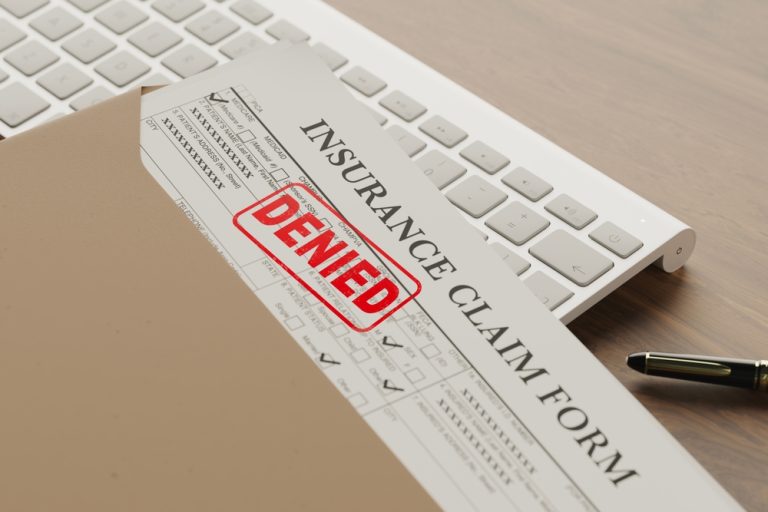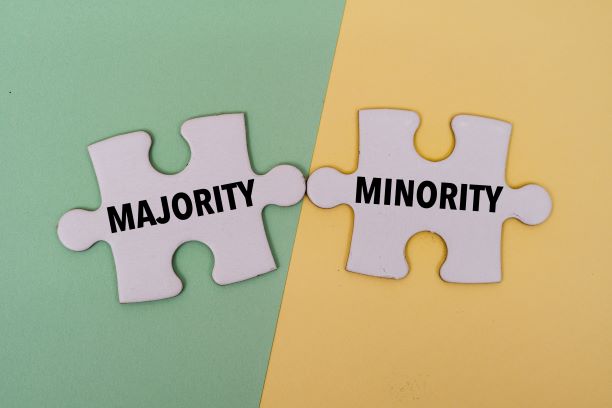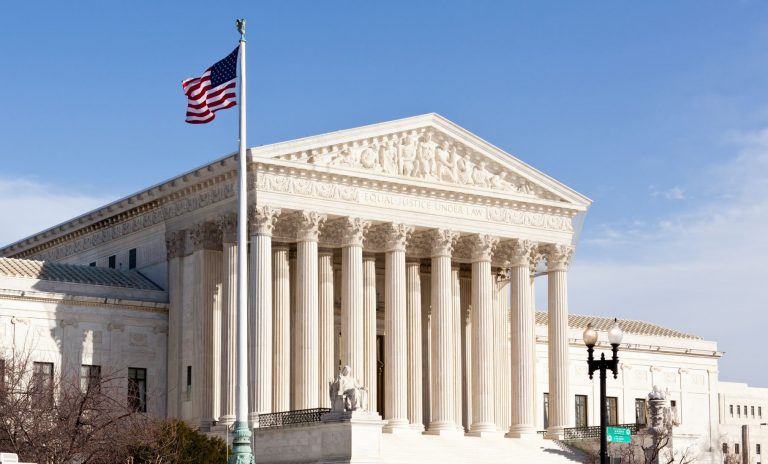Show Me the Money – Maximizing Monetary Recovery in the Wake of Insurance Fraud
Show Me the Money – Maximizing Monetary Recovery in the Wake of Insurance Fraud
WHAT’S THE POINT?
Insurance fraud negatively impacts everyone. It drives up the costs of doing business, along with everyone’s premiums. In fact, according to the National Insurance Crime Bureau, insurance companies saw a 102% increase in this type of fraud from 2008 to 2011.
Florida ranks among the ten most expensive states for car insurance. Insurance fraud of all types is rampant, particularly in certain areas. With prosecutorial resources stretched thin, insurance companies sometimes must become their own “attorneys general” and take private action against fraud rings.
Although civil lawsuits can be expensive and the ultimate outcome uncertain, oftentimes insurers secure substantial money judgments. At that point, the battle has just begun and collection becomes the goal. Indeed, a seven-figure judgment is not worth very much if the debtor is in jail for the next 20 years, has fled the country or is otherwise uncollectible. Likewise, that judgment is just as valueless if the insurer does not pursue recovery.
This article addresses the considerations insurers must have in mind to maximize their monetary recovery, beginning with pre-suit considerations, ensuring that a judgment or restitution award is ultimately collectible and finally, the impact (or threat) of bankruptcy. This article specifically discusses asset recovery in Florida, although many of the same considerations apply nationwide.
PRE-SUIT CONSIDERATIONS
Who To Sue?
The first order of business is getting a handle on the potential group of defendants. Does the fraud revolve around a single clinic, or a multi-faceted staged accident ring comprised of body shops, towing companies, health care clinics and dozens of participants? The pervasiveness of the scheme, and how far the fraud web extends, will likely influence the most appropriate type of recovery action. So will the ultimate goals of the litigation. Often, including as many participants as possible will increase the overall recovery and enhance the deterrent effect. In other cases, a narrowly-targeted lawsuit involving just one business or a few individuals will be more appropriate.
Depending on the forum, manageability concerns will play an important role in the prosecution of the case. Some courts simply lack the resources to devote to a lawsuit involving dozens of people and businesses. Others have special systems in place to handle “complex litigation.” The availability of these courts in your jurisdiction will impact your case.
Potential Collectability
This is one of the most critical factors in every case. Recovery actions serve many purposes. Deterrence is one. But usually, restitution is the ultimate goal. You may win, but “paper” judgments are not worth much if the debtors lack collectable assets. The solvency of the potential defendants can and should be analyzed to the extent possible before filing the lawsuit.
Researching targets before filing the lawsuit allows informed decisions about whether or not to include a particular defendant. Take advantage of publicly available information, including ongoing civil or criminal litigation against your potential targets. Sometimes, a bit of quick research will reveal that they own valuable property or other attachable assets. Consider using a private investigator or company specializing in pre-judgment asset evaluations to assist your analysis.
One caveat, however, just because a defendant isn’t obviously wealthy does not mean there are no assets. You might well find that defendants of seemingly modest (or no apparent) means have considerable (and attachable) resources. More on that later.
YOU’VE GOT THE JUDGMENT – SO NOW WHAT??
Collecting the Judgment – Rule #1 – Don’t Stop!
The process of collecting money as part of a successful recovery action is better analogized to a marathon than a sprint. Obtaining the judgment or restitution order is just one step in the process. Unless insurers know that the debtors are judgment proof, there is no need to wait to commence the collections process. But delays do happen, allowing debtors to hide assets or participate in other transfers designed to avoid paying on the judgment.
After obtaining your judgment, take the necessary steps to properly record and otherwise perfect it. Two types of judgment liens exist in Florida. One is a five-year lien on personal property, which creditors file with the Department of State. After five years, creditors may file again and receive another judgment lien for another five years. The second lien concerns real property. Creditors file these in the official records of the applicable county. They are effective for ten years, following which creditors may renew for another ten years.
Ten or twenty years may seem like an eternity. But a presently uncollectable judgment may well turn to gold during that time if the debtor obtains a windfall from a family member, lawsuit or fortunate investment.
Recording a certified copy of a judgment lien with the Florida Department of State entitles creditors to collect through writs of garnishment and writs of execution. If the defendant has relocated since the judgment, have it domesticated and then take steps to enforce. As a creditor, you are now entitled to a wealth of personal information you could not discover before the judgment.
Gather Information About Your Debtor
The information-gathering process begins immediately after the Court enters the judgment. More specifically, Florida debtors must complete a fact information sheet, Form 1.977, within 45 days of the final judgment. This insures that creditors receive basic and current information regarding the debtor’s financial condition. This includes contact and employment information, income, accounts receivable, assets held and property transfers. While assembling information, make sure to monitor other ongoing litigation, such as foreclosure proceedings, which could impact a debtor’s ability to pay.
Once armed with information, creditors can follow up with more specific financial discovery. This can include interrogatories, requests for production of additional information and ultimately, depositions in aid of execution. Additionally, consider outside efforts to locate any information regarding the debtor’s relationship with any banking institutions. There are companies which can, for a fee, assist in locating potentially attachable accounts. This will enable the creditor to commence garnishment proceedings in instances where accounts hold funds.
Garnishment and Commonly-Asserted Exemptions
Garnishments are also often cost-effective. They attach to liquid funds, so there is no need to hold a sheriff’s auction. Costs generally consist of just a filing and service fees. The freeze on garnished funds can often serve as leverage to encourage voluntary payment.
Along these lines, an adverse judgment may impact a debtor’s credit and/or ability to obtain bank loans. Sometimes, seemingly penniless debtors miraculously uncover the funds necessary to resolve judgments which stand in the way of a professional license or home loan.
Creditors must be careful during this process; garnishment is a statutory creature requiring strict compliance. Indeed, the failure to comply with any of several strict deadlines in the garnishment statute will result in automatic dissolution of the writ.
Similarly, debtors must timely assert any exemptions to garnishment or they are deemed waived. Commonly-asserted exemptions to creditor claims are homestead and head-of-household. The homestead exemption is probably the best known. It ensures that a family can shelter their primary residence, and has a constitutional protection from a forced sale. If the property is outside of a city, the debtor can protect up to 160 acres. Inside the city, they can protect up to half an acre. The head of household exemption protects Florida earnings, while the debtor’s employer pays the creditor a portion of the debtor’s wages.
Don’t Let Bankruptcy (Or The Threat Of It) Deter Collection Efforts
Often, debtors and their attorneys will resist payment of any sums, and threaten to avoid the judgment by filing for bankruptcy. However, bankruptcy is not necessarily the end of the line. In fact, far from it. This is because the bankruptcy code prevents debtors from discharging judgments stemming from certain types of claims involving fraud. More likely than not, one of the claims in the recovery action will fall into this category. To ensure that the debtor cannot discharge the claim, the insurer must take the appropriate steps in bankruptcy court. This would involve an “adversary proceeding” governed by Rule 7001, et. seq., Federal Rules of Bankruptcy Procedure, objecting to the dischargability of the debts owed to the plaintiff pursuant to 11 U.S.C. § 523 and Bankruptcy Rule 4007.
This can result in a mini-trial on the issue of fraud. The bankruptcy process can be confusing and time consuming. But at the end of the day, you should emerge from it with your judgment intact.
CONCLUSION
Recovery actions serve multiple purposes. They deter. And they help make insurers whole. Analyzing potential cases, gathering evidence and prosecuting selected matters helps insurers gain back at least some of what fraud rings take away. By doing one’s homework before the action, and aggressively pursuing collection after the judgment, insurers can enhance their odds of a successful recovery.






